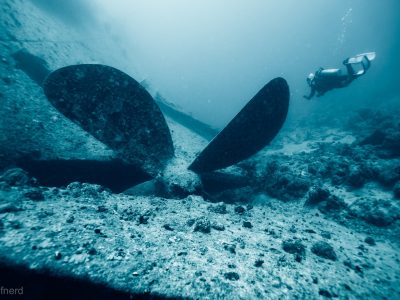
Heritage (Professionals) at Risk
by William B Lees, PhD, RPA
The University of West Florida’s Florida Public Archaeology Network
FPAN.us
Kaylen Eileen Gehrke’s death in the Kisatchie National Forest is tragic well beyond the circumstances of it being her first day on a new job in archaeology. Resultant calls for close attention to long-established heat safety protocols are well founded and I am not suggesting they were not followed in this case. Rather, I believe her passing should spark a larger discussion of how we approach an increasingly harsh climate. Yesterday, Kaylen’s death sparked a conversation between myself and University of West Florida colleagues Greg Cook (Anthropology) and John Jensen (History) about how we need to rethink safety in the face of changing conditions brought on by the climate emergency. For this forum, the question is, how do we continue to do the work of addressing the loss of heritage at risk due to climate, while doing it in a way that is safe for volunteers and professionals working in an increasingly harsh world. Heat is the focus of the recent tragedy, but rapid onset of violent storms and floods, fire, and dangerous conditions left over from these events (splintered forests, displaced wildlife, released toxins, unsafe roads and bridges) are worries as well. While conversations certainly will consider the strengthening of safety protocols and investment in mitigating technology, we also need to do some heavy thinking on how we approach fieldwork in a harsh new climate with as much savvy as we approach the excavation of a site. For example, while certain projects such as excavation can benefit from sun shelters or even conditioned air, should we refocus survey away from the hottest months of the year? The academic field season where we train our future professionals should be the first place this discussion begins. My conversation with Greg and John also considered the adoption of safety protocols familiar to underwater archaeology across the profession. Should all projects have a safety officer empowered to stop or modify work on their absolute authority based solely on the safety of the crew? Should that be assisted by someone remotely monitoring weather with advanced web resources? Should we empower crew members to sit out without adverse consequence if any environmental hazard makes them uncomfortable from a safety standpoint? These are standard in underwater archaeology. They certainly have resulted in the avoidance of many unfortunate events. Bottom line, it is time that we as individuals, and as members of a profession, address safety concerns that are accelerating as rapidly as site loss.




